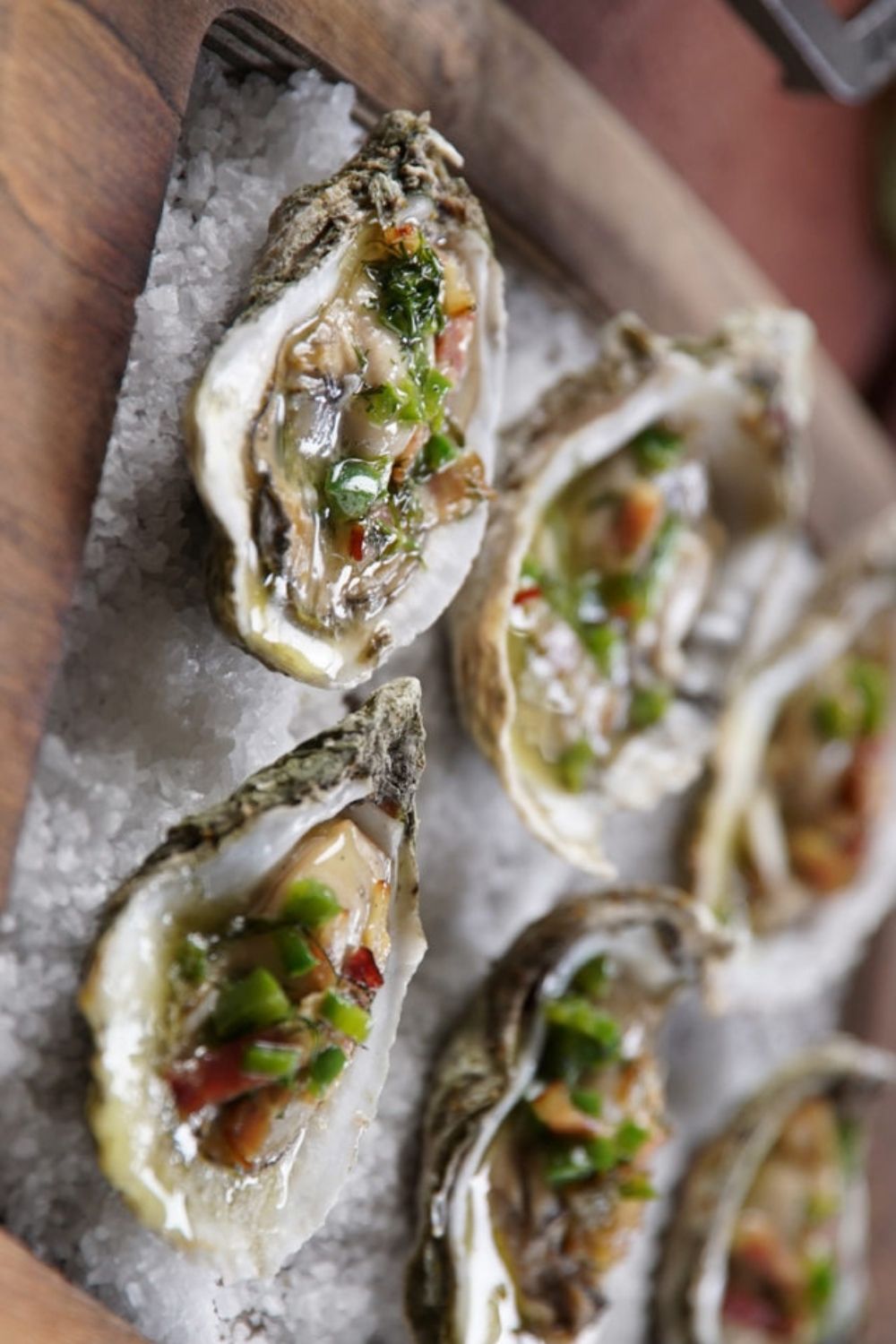What the FDA Guidelines Mean (and Why Tuna and Farmed Salmon Are So Common)
Regulations regarding fish sold for raw consumption vary from state to state, although every state points to FDA guidelines as the gold standard; the key difference between the states is whether those guidelines are enforced. Haraguchi and Herron note that both the New York City Department of Health (which regulates restaurants in NYC) and the New York State Department of Agriculture and Markets (which regulates fish markets throughout the state) have adopted the FDA guidelines as law. While those recommendations are primarily focused on limiting pathogenic bacterial growth (more on that below), they do include rigorous specifications for killing parasites.
Herron describes those specifications this way: “Any wild fish except tuna species—bigeye, yellowfin, bluefin, bonito/skipjack—those wild fish need to be frozen for specific periods of time at specific temperatures to get rid of parasites.” The exact temperatures and times can be found on the FDA website, but suffice it to say that those temperatures, reaching as low as -31°F, are well below what a home freezer can reliably produce and maintain, which is why it isn’t advisable to try this at home. Sushi restaurants and fish markets use what’s called a “super freezer,” which is exactly what it sounds like: a freezer that maintains super-cold temperatures. (Osakana’s super freezer, for example, maintains a temperature of -60°F.)





